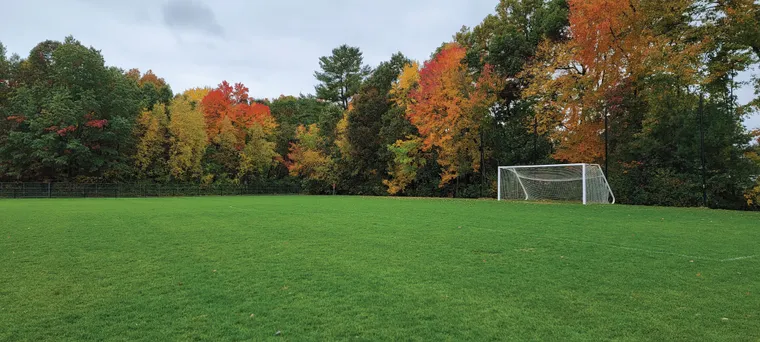Getting the drainage right in athletic fields
To test or not to test? That is the question.
When it comes to athletic field drainage, however, there is only one answer––yes, always test!
During the early investigative and conceptual stages of field design, infiltration testing of the soils and subsoils is often neglected. A thorough, early understanding of existing soils––through the use of “infiltration holes”––can heavily inform future design and budget decisions.
Infiltration holes allow the designer to observe and record the depths of the various soil layers and also record the infiltration rates of each. When executed correctly, infiltration holes minimally impact a field while at the same time providing a tremendous amount of insight into the existing soil conditions. In fact, most fields can be played on the next day. The findings from these tests help the design team determine if a sports field’s cross section needs to include a costly underdrain system or if the existing material can perform as needed.
To get more background on this concept, let’s compare two recent field-renovation projects that involved varying design approaches based on early soil investigations.


